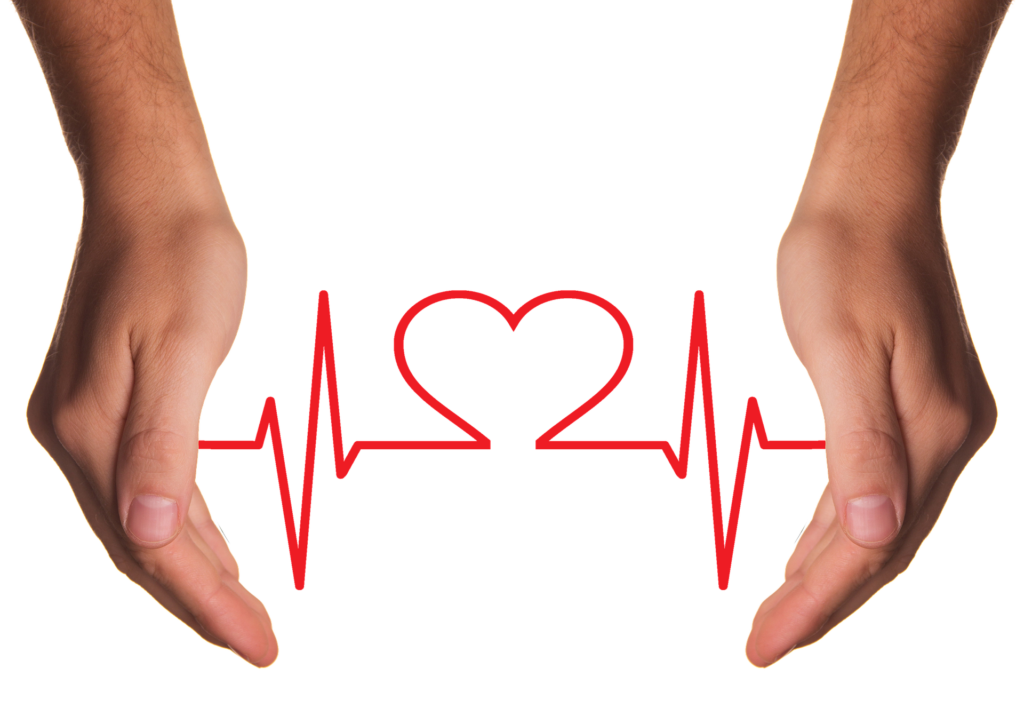Primary care physicians’ role in reversing cardiovascular disease

Cardiovascular disease (CVD) includes a number of disorders, as defined by the World Health Organization (WHO). Hypertension, heart attack, stroke, and congenital heart disease are among those disorders listed in the CVD group. WHO also states that cardiovascular disease is the world’s number one killer. An estimated 17.5 million people worldwide die from CVD, about 31% of all deaths worldwide.
How can independent primary care physicians take an active role in reversing cardiovascular disease in their patients? Attacking the disease at its root cause may actually be the most effective way to combat CVD. In fact, the American Heart Association recommends that patients “Get regular medical care from your primary care physician. Even though you have a cardiologist, you still need a primary care doctor who is in charge of all your medical care.”
An independent primary care physician who is able to see the complete medical profile of the patient and then is able to collaborate with specialty providers and healthcare facilities may be most effective in addressing the root causes of cardiovascular disease. WHO identifies several key messages to protect heart health that can be relayed to the patient in the primary care physician’s care: tobacco use, engaging in physical activity for at least 30 minutes every day, and eating at least five servings of fruit and vegetables a day.
Patient engagement encourages the patient to take an active role in his or her heart disease prevention plan as well. A patient who is able to communicate directly with the primary care physician has automatic access to critical health information, and will be able to see test results, ask questions, and receive treatment plan updates.
Primary care physicians play a significant role in encouraging healthy habits among their patients, and that may well reverse the often devastating effects of cardiovascular disease.






